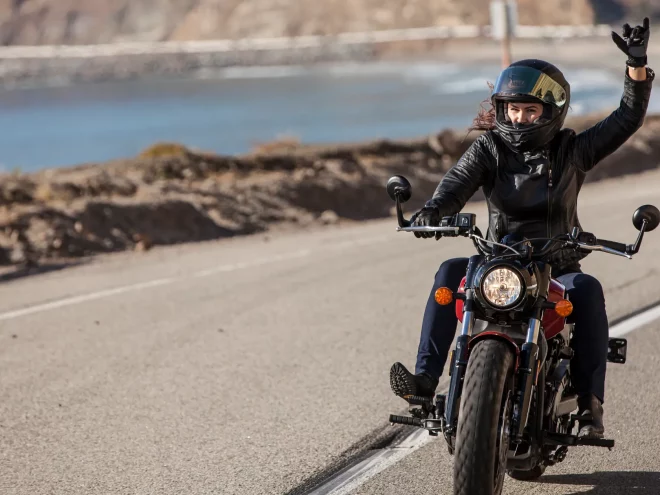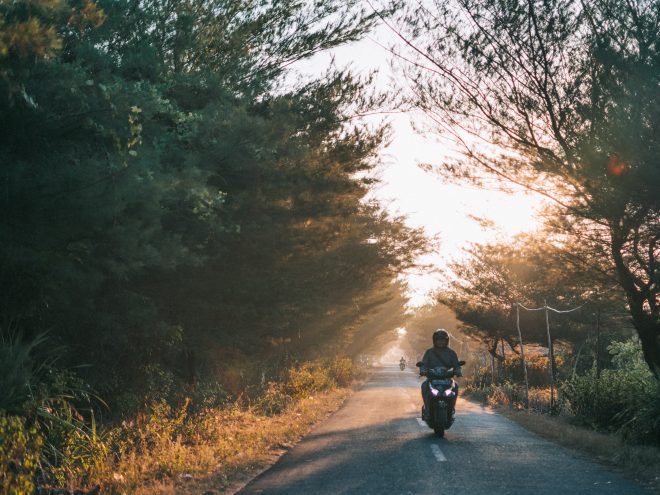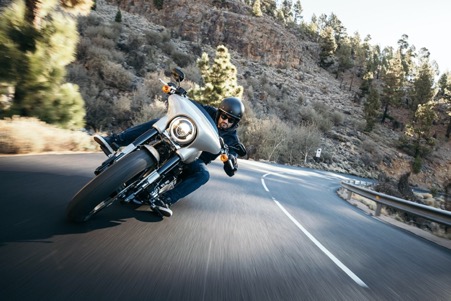
Motorcycle Safety Mistakes To Avoid
While motorcyclists account for only 1% of road accidents, they account for almost 19% of fatalities. Compared to driving a car, riding a motorcycle can be a lot more dangerous. According to the legal professionals at Agruss Law Firm, LLC, being involved in motorcycle accidents can lead to severe injuries and wrongful deaths. In such cases, make sure you seek legal assistance from attorneys and file a claim for all your losses. Additionally, it’s important to take stringent safety measures as a motorcyclist – a safety mistake could be the last mistake you ever make. Below are just a few of the common motorcycle safety mistakes that you should avoid at all costs.
Not wearing protective gear
Many states require you to wear some form of protective equipment by law. In those states where it’s legal to ride without protective equipment, it’s still advisable that you wear some safety gear.
The most important protective gear is a helmet. Unhelmeted drivers are 10 times more likely to suffer a fatal head injury in a crash. When buying a helmet, it’s best to buy one that’s brand new and from a trusted seller. It’s important that a helmet is the right fit – make sure it fits snugly around your head with no movement.
Protective clothing including a jacket, gloves and trousers can further help to reduce injuries if you fall off your bike. A decent pair or motorcycle boots will also help to protect your feet in a crash – as well as protecting your feet from the heat of your exhaust pipe. Dressing up in all this gear might seem like a hassle, but it could be the difference between walking away uninjured from an accident and requiring emergency treatment at a hospital.
Riding too close
You should be careful of how close you ride to other road vehicles – especially when riding at speed or riding close to vehicles that may have large blindspots. Following a car too closely behind on a fast road could be fatal if the car has to make an emergency brake. You should also be careful of driving on the inside of large vehicles when going around corners – a truck or bus may not always see you coming up the inside.
Keeping your distance will minimize the chance of an accident. Only ride close to vehicles when weaving around still vehicles or driving at a slow speed when you have more time to react.
Not looking twice
This is a mistake that other road users make rather than motorcyclists – because motorcyclists are relatively small compared to other vehicles, it’s easy to miss them when taking a quick glance at a junction or changing lane (especially if they’ve entered a blind spot). Looking twice before making a turn or changing lanes can prevent you from making this mistake.
A motorcycle accident attorney could be worth hiring if you’re a motorcyclist who has been involved in such an accident. Of course, motorcyclists can also benefit from always looking twice heto help react quickly to mistakes made by other road users. For instance, when driving past a vehicle waiting at a junction or overtaking another road user, don’t always assume that they have seen you – keep an eye on them so that you act quickly if they pull out.
Not checking the weather
You should be careful of riding in certain weather conditions. Strong winds combined with wet roads from rain can be treacherous even for experienced drivers. Snow and ice is also rarely worth riding in unless it’s an emergency (or you live somewhere where this is the norm).
Always check the weather before making a journey so that you can not only dress appropriately but also adjust your riding style. If weather conditions look poor, plan to leave early so that you can drive more slowly and more safely. You can find guides online on riding in the rain and snow.
Overestimating your ability
Many new riders overestimate their ability, which can result in accidents. This could include starting on a bike that’s too powerful, taking on challenging roads too soon or taking corners faster than you can handle.
Allow time to work yourself up. As a new rider, you only need a low powered bike (it will be easier to handle and cheaper). Get used to driving locally before planning any epic road trips. As for taking corners, try to initially take them at a low speed. This is particularly important with tight corners – unless you fully understand how to use counterbalance and countersteering, it can be dangerous to take such corners at high speed.







[…] good for a small to medium-sized fire. Not to mention, you can also carry a fireproof set of gloves to help you pull out debris that is on fire such as a tire. Make sure that the fire extinguisher contains […]